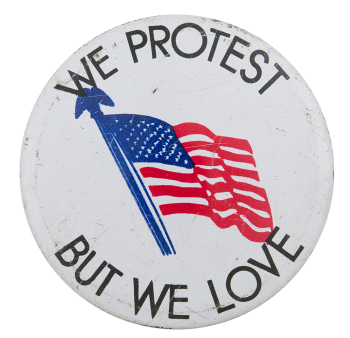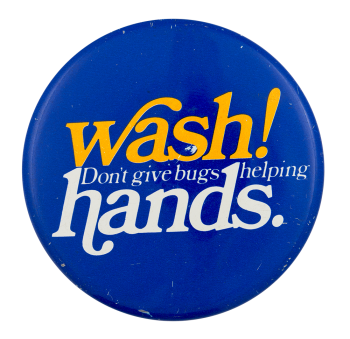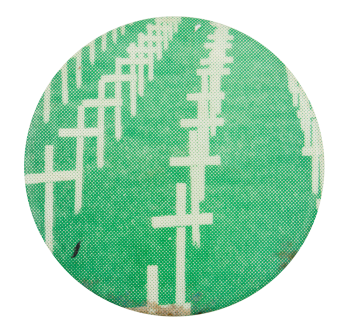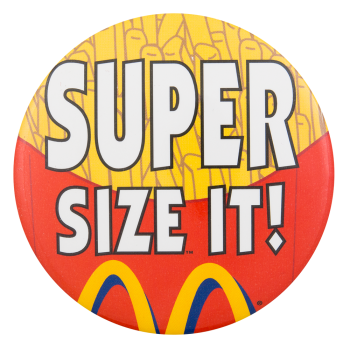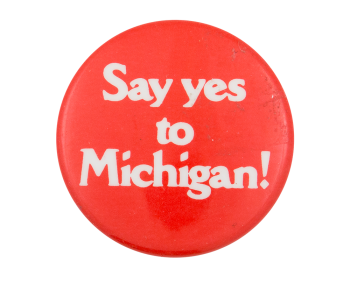I Do It Seatbelt
| Category | |
|---|---|
| Additional Images | |
| Sub Categories | |
| Text on Button | I DO IT! |
| Image Description | White text and an illustration of a figure wearing a seatbelt |
| Back Style | |
| The Shape | |
| The Size | |
| Additional Information | This button is promoting wearing seat belts in cars. Since the creation of the three-point seat belt in 1958 there have been many efforts to get passengers and drivers to wear their seat belts. These have included the “Buckle Up” and “Click It or Ticket” campaigns as well as individual states passing legislation regarding wearing seat belts. |
| Catalog ID | CL0396 |





